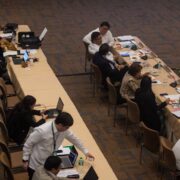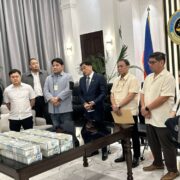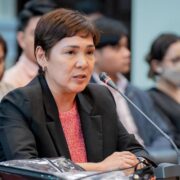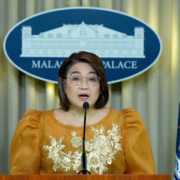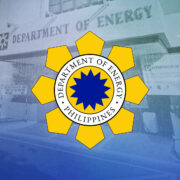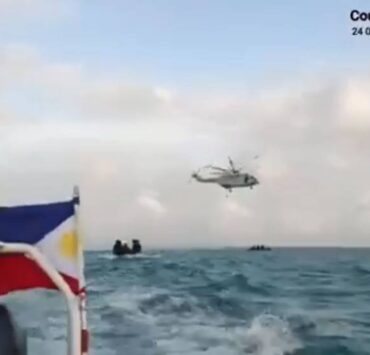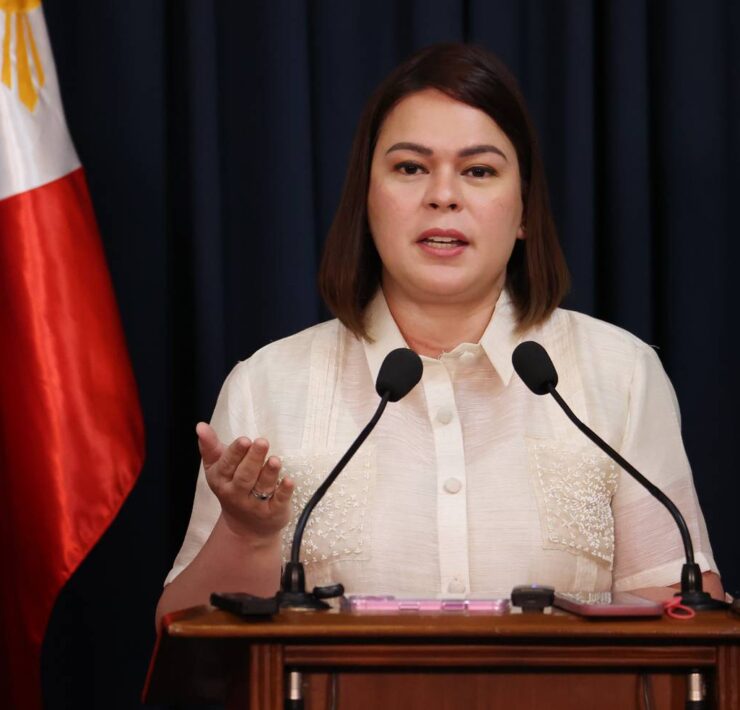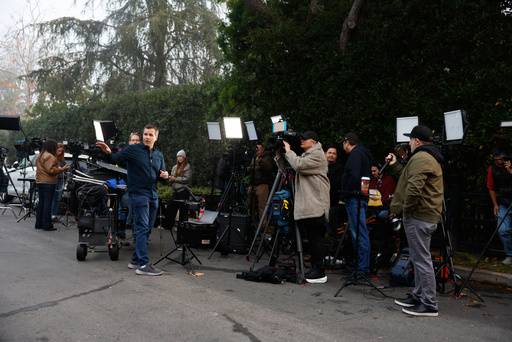Comelec tests new poll tech in remote areas
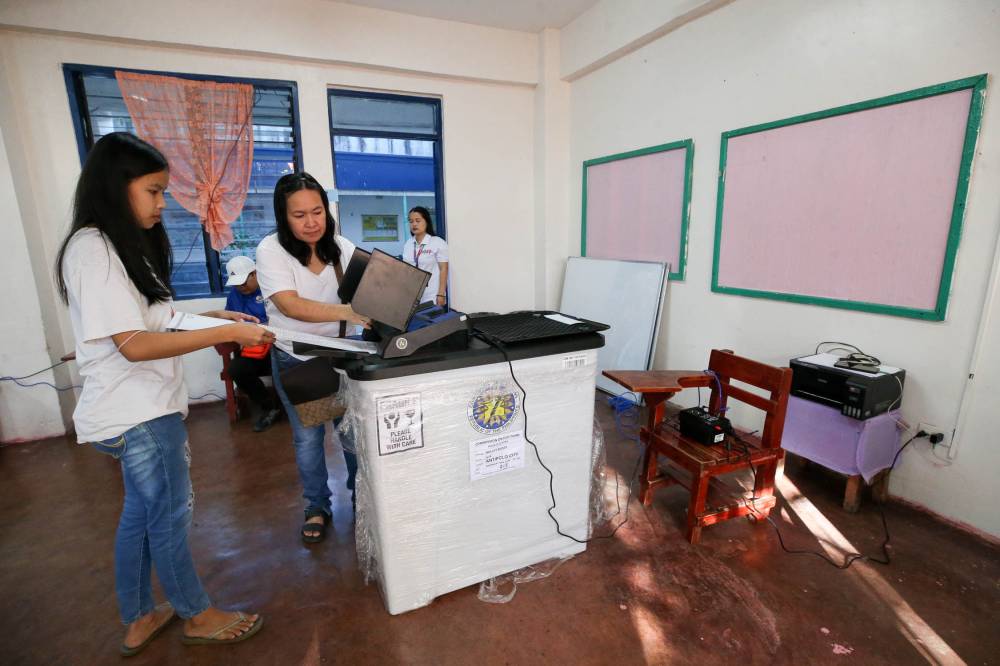
The Commission on Elections (Comelec) held mock elections on Saturday to familiarize teachers and voters with the automated counting machines (ACMs) and to test various election technologies that will be used in the May 12 polls.
The mock elections were held in voting precincts in 30 barangays in Pateros, Taguig City, and Makati City in Metro Manila; Bontoc and Sagada in Mt. Province; Antipolo City and Jala-jala in Rizal; Borongan City and Lawaan in Eastern Samar; Surigao City and Placer in Surigao del Norte; Jolo and Patikul in Sulu; and Malidegao and Old Kaabakan in the Bangsamoro Autonomous Region in Muslim Mindanao.
Each voting precinct was given 100 ballots, which contained fake names of senatorial and local candidates and party list groups.
In an interview on radio station dzBB, Comelec spokesperson John Rex Laudiangco said the overall turnout was 80 percent, with the precincts in Surigao del Norte reporting the highest at 97.5 percent and the precincts in Eastern Samar reporting the lowest at 46 percent.
He said remote areas or places where telecommunication signal is poor were deliberately selected to test the ACMs and the voting results transmission.
Comelec Chair George Garcia, who observed the mock polls held in Sulu, said the ACMs there transmitted voting results using the Starlink satellite internet services at around 10 a.m. at the conclusion of the three-hour activity.
Voting experience
The chair reported there was “100 percent” transmission of results from precincts to the makeshift municipal, city and provincial canvassing centers and then to the makeshift national canvassing center at the Comelec main office in Manila.
There was also “100 percent” transmission of results from the ACMs to the Comelec central server, the backup server and the servers allotted for the poll watchdogs National Movement for Free Elections and Parish Pastoral Council for Responsible Voting, the media and the minority and majority political parties.
In Sulu, Garcia told reporters he observed voters expressing satisfaction at the voting experience.
The internet-based overseas voting technology was also tested in Singapore where minor problems were encountered in the pre-registration stage during which the identity of the voter must be verified first.
The Comelec is using three technologies for the May 12 elections. There’s the ACMs provided by the Miru Systems Joint Venture. Another is the online voting and counting system for the overseas voting provided by the joint venture of SMS Global Technologies Inc. and Sequent Tech Inc., and the third is the secured electronic transmission system provided by Ione Resources Inc.


